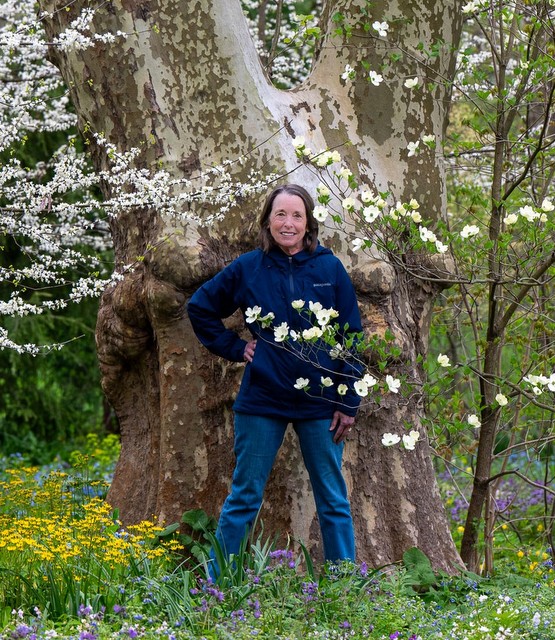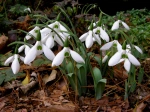CONTACT CSG
CAROLYN’S SHADE GARDENS
Please note that Carolyn’s Shade Gardens does not have regular hours and is not open for garden visits. Customers can tour the gardens when picking up pre-ordered plants. If you would like to be on our customer email list, please send your full name, mailing address, and cell number to carolyn@carolynsshadegardens.com and specify if you are interested in hellebores/hostas and/or snowdrops. Thanks.
Address:
325 South Roberts Road
Bryn Mawr, PA 19010
.
Email Address:
carolyn@carolynsshadegardens.com (answered within one day)
.
Telephone Number:
610-525-4664 (for emergencies and last minute appointment changes only, for anything else, please email)
.
Blog/Website:





November 4, 2010 at 8:29 pm
Your blog is a great idea. I for one appreciate it and congrats. The photos are gorgeous and very inspiring. I also love toad lilies and have a few varieties. They sure do prolong the growing season. See you in the spring.
November 4, 2010 at 8:41 pm
Hi Corinne. Glad you enjoyed the blog. I am enjoying writing it. Carolyn
November 6, 2010 at 10:49 am
beautiful ! thank you for doing this…
November 6, 2010 at 12:55 pm
Thanks, Barbara. I hope you subscribed. Carolyn
November 19, 2010 at 2:34 pm
Hi Carolyn,
Do Hellebores prefer acidic or alkaline or neutral soil pH? Some of mine are turning a bit yellowish, as if they need iron, which is more easily taken in from acid soils. What do you think?
jim
November 19, 2010 at 5:34 pm
Hi Jim. All the books say that hellebores prefer neutral to slightly alkaline soil. However, I have found that hybrid hellebores thrive anywhere as long as the soil is well-drained. I have very healthy hellebores growing under pine trees. I have never had any plants turn yellow. If your plants are turning yellow now, then it may just be a stage of dormancy. Wait until the spring to do anything. If it starts to happen then, I would fertilize them with an organic fertilizer like fish emulsion. Carolyn
November 20, 2010 at 10:29 pm
Hi Carolyn – Thanks for the link to the Scott’s vidio re: grinding up leaves on the lawn – I know you have advocated that method for years and it does sound divinely easy ….. our issue is that we have a two very large old pine trees on the perimeter of our lawn. They have AMAZING needle drop in the fall – inches thick and then there are the usual cast of leaves mixed in.
Do we grind up everything – needles and leaves or is this method of dealing with leaves not practical for our situation as there are oh so many pine needles.
November 21, 2010 at 9:39 am
Hi Maria. My husband, the grinding expert, says that you can grind pine needles and leaves together. However, pine needles are an even more precious commodity than leaves. They make excellent mulch and don’t need to be ground to use as mulch. They are long-lasting, don’t wash away, and look beautiful. They are also great for putting down on paths through your garden. That’s what I use on my paths in the woodland garden and on hosta hill. We have two large white pines at the end of our terraces. I leave the needles in the beds as mulch and rake up what falls on the lawn and put it in the beds. We get the remainder of our pine needles by collecting them from the streets when people put them out for the township. Carolyn
December 1, 2010 at 1:24 pm
Love your site. I live in a wooded area, gives me lots of ideas, also am volunteer at Longwood so best of both worlds. My winter landscape needs some screening from other properties, what do you think of clump bamboo, and are there specific varieties for this region? Thank you.
December 1, 2010 at 1:37 pm
Thanks Bob. I always go to Longwood for inspiration. Clump bamboos are on my life list but I haven’t gotten there yet so I know nothing about them. They weren’t even included in the Longwood certificate courses when I took them. Other ideas off the top of my head: native holly (Ilex opaca), cherry laurel, evergreen daphne, native evergreen rhododendron, Japanese cryptomeria ‘Yoshino’. Carolyn